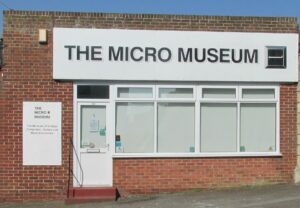- 01843 834160
- [email protected]
- Mon - Fri: 9:00 - 17:00
National Bug Busting Day 2019

It is National Bug Busting Day today. One of three days annually (31 January, 15 June and 31 October), the day aims to keep people informed on how to keep head lice at bay and encourages a specially designed comb that works along with your normal shampoo or conditioner. This method is called (you’ve guessed it!) BUG BUSTING.
‘A Bug Buster Kit alone proved four times more effective than neuro-toxic insecticide treatment for head lice in a randomised controlled trial, when parents followed the respective product instructions.’ (source: here)

The informative pack that parents receive with the comb helps effective and quick lice detection.
Schools can choose any day that suit their timetable to hold ‘Bug Busting Days’, however, for the best results, the more that take place on the ‘official’ bug busting days, the less likely spreading will pass from head to head and back again.
Real Facts About Head Lice
(quoting from: chc.org/for-schools)
For further information read our Mistaken Advice Page
- The eggs of head lice usually take 7 to 10 days to hatch (recorded range 5 to 11 days). Live eggs and head lice are not easily spotted on the head, therefore the school nurse cannot solve the head louse problem for schools and parents.
- Combing dry or damp hair with a fine-tooth comb is not a reliable way to detect lice, and especially deceptive in short, straight hair, where you would think it would be easy.
- Metal combs are not suitable for louse detection because these combs are primarily nit combs. Lice caught between the tightly spaced teeth remain unnoticed against the metal and can be combed back into the hair unharmed at subsequent strokes.
- There are no studies proving that wet head lice grasp hairs more tightly, thus hampering their removal with a fine-tooth comb.
- It is not scientifically proven that head to head contact has to be prolonged to catch lice – close contact is enough.
- Head lice are a community problem About 20% of cases are amongst people over 16 or under 4 years old.’
Keep up to date with articles, news and publications by following us on our social media channels:












